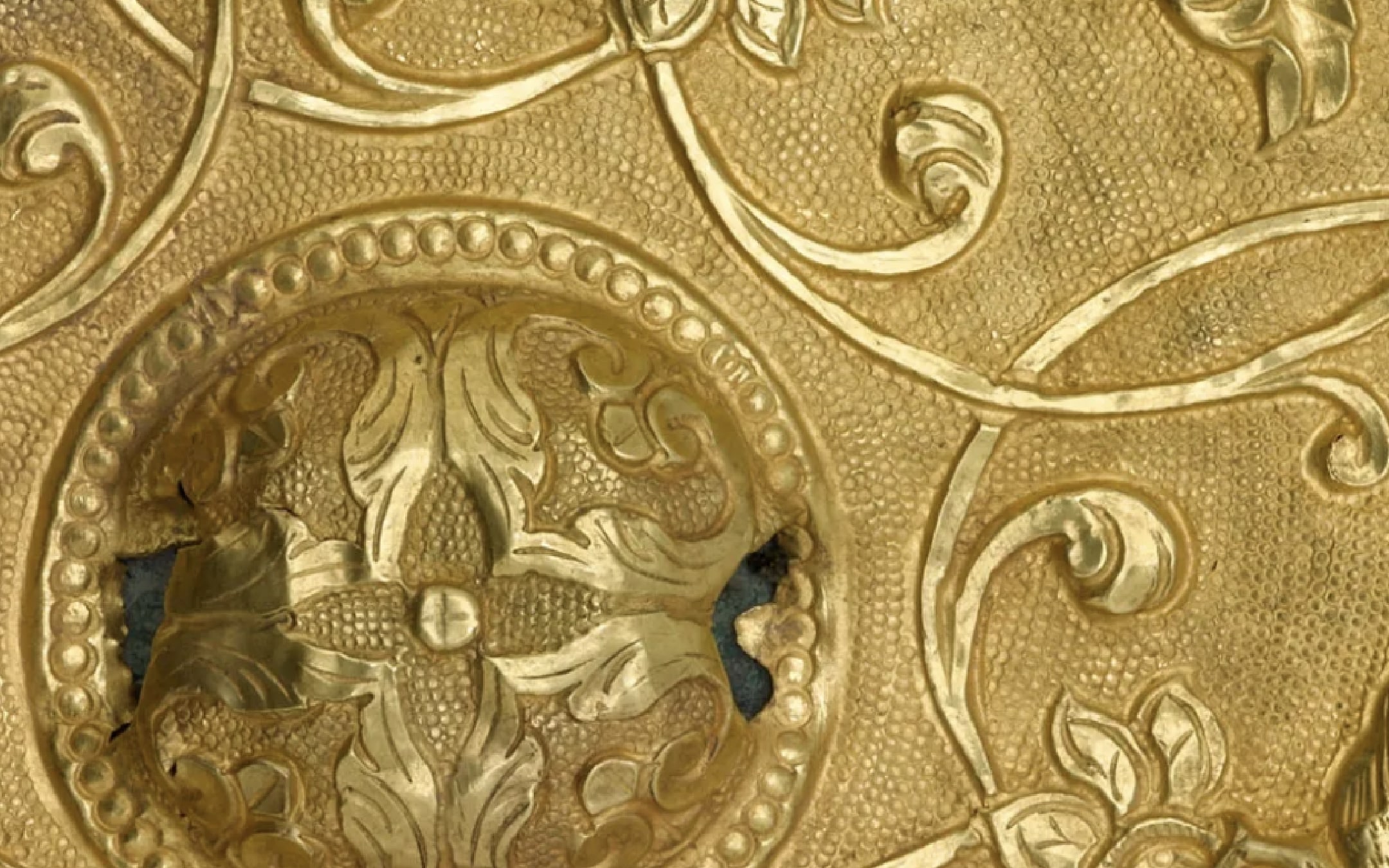| WHAT: |
Individually scheduled press tours for “Imagined Neighbors: Japanese Visions of China, 1680–1980” |
| WHEN: |
Opening tours March 16–23; on view March 16–Sept. 3 |
| WHERE: |
Smithsonian’s National Museum of Asian Art, Freer Gallery of Art
1050 Independence Ave. S.W. |
| WHO: |
Frank Feltens, curator of Japanese art |
Members of the media are invited to view the exhibition “Imagined Neighbors: Japanese Visions of China, 1680–1980” at the National Museum of Asian Art. The exhibition explores some of the creative ways in which Japanese artists imagined China over the course of three centuries and focuses on the Mary and Cheney Cowles Collection, given to the museum between 2018 and 2022.
The Cowles Collection is arguably the largest and most comprehensive group of Chinese-inspired Japanese literati works outside of Japan. The paintings and calligraphy in this exhibition fuse reality with imagination and remain important to understanding the continuing, complex engagement of Edo period Japanese artists with China, to them both a real and an imagined place.
During the Edo period (1603–1868), feudal Japan was largely closed off from the outside world. For 300 years, a loose movement of Japanese artists, often referred to as literati, turned to neighboring China—variably a source for emulation and a source of rivalry—for inspiration. Through painting and calligraphy, they created immersive environments in which artists and viewers alike could mentally withdraw from worldly affairs. As disparate and diverse as the literati movement was, its members were united by a common language that embraced diverse notions of “China”—a place both familiar and foreign, as much imagined as it was known. Throughout a period of modernization during the Meiji era (1868–1912) and after, when all facets of life in Japan were radically changing, China’s historic role in helping shape the fabric of Japanese history and culture remained a touchstone for Japanese artists, even in the context of imperialism and war.



